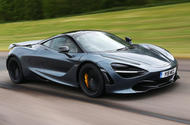Our top ten supercars blends a mix of exotic metal stand out performance with stunning dynamics, but in an intensely competitive market who takes top spot?
The definition of a supercar may have changed over the past two decades, but that fact hardly makes the metal content that makes up this class any less sensational.
Here, it’s the world’s greatest mid-engined, upper-level performance machines we’re celebrating: not the very highest echelon of the performance car market, but rather the kind of cars you think about when you picture a modern Ferrari, McLaren or Lamborghini.
Topping this class means demonstrating that your designers and engineers can master an inherently tricky dynamic brief, stand the heat of particularly intense competition, and satisfy some of the most demanding customers in motordom.
The McLaren 720S has succeeded where both of its predecessors (650S and MP4-12C) fell short in our supercar class chart: purely and simply, by topping it.
There are few more direct or effective ways for cars in this stratum of the performance car market to demonstrate their superiority than by accelerating faster, lapping quicker and stopping harder than any rival: the 720S does all three. In many of the performance benchmarks road testers are used to measuring, in fact, this 710bhp blockbuster is a closer match for a contemporary hypercar than one of its mid-engined opponents.
But it’s also uncommonly communicative and easy to drive; is a supreme ergonomic achievement; and flatters a rambunctious track style more rewardingly than any of its Woking predecessors.
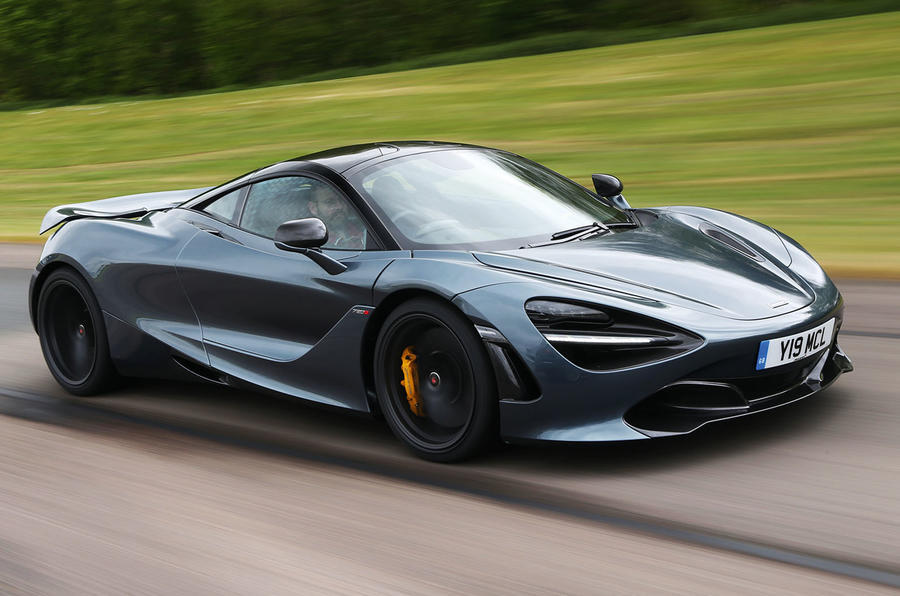
It took a car from what felt like another dimension of outright pace and purposefulness to depose Maranello’s excellent 488 GTB from its glorious former perch in this class. Even now there are some at Autocar HQ who prefer the more bombastic character, more dramatic-sounding turbo V8 engine and more indulgent limit handling manners of Ferrari’s take on the supercar concept than McLaren’s quicker but more single-minded one.
The 488 was a giant leap forward for its maker when it emerged in 2015: a mid-engined purist’s feast that switched from atmospheric engine aspiration to twin-turbocharging, and exploded class norms for performance while seeming to sacrifice so little on sonic V8 charisma or handling delicacy. On testing road surfaces, the car’s super-quick steering and firm suspension can make it highly strung. But on the circuit it’s nothing short of sensational.
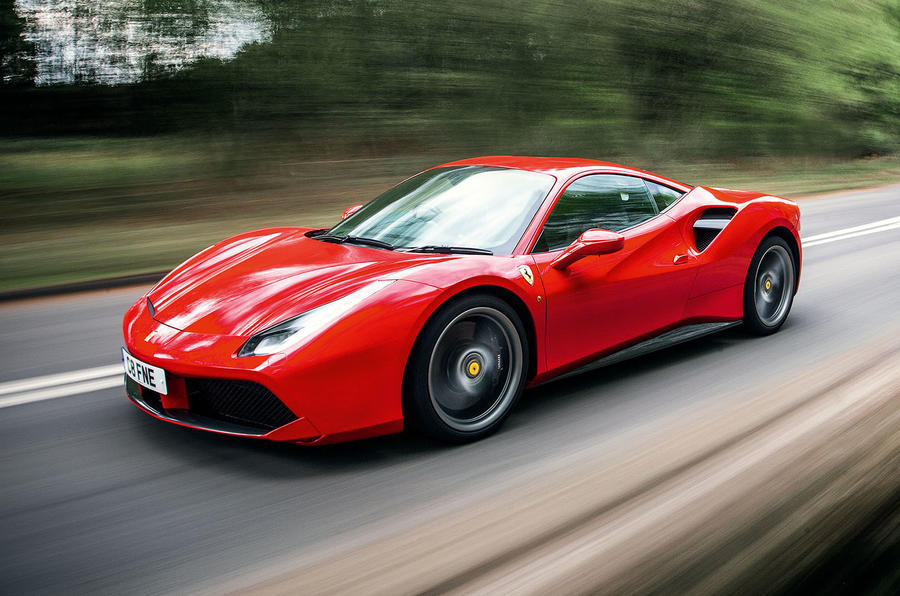
Only the makers of the world’s rarest and most expensive, handbuilt automotive exotics can now really compete with Lamborghini when it comes to creating cars of pure combustive drama, traffic-stopping looks and feral, unfettered soul.
The Huracan may be the firm’s entry-level model but it’s no second-order offering when it comes to its sensational styling or its fantastically wild, naturally aspirated V10 engine: a motor that over-delivers in equal measure on speed, responsiveness and audible character.
The face-lifted Evo version gets rear-wheel steering and torque-vectoring, and the results raise the Huracan’s game closer to that of the McLaren and Ferrari. That you also get the 631bhp powetrain from the old, hardcore Performante seals this junior Lamborghini’s reputation as a seriously rewarding, engaging supercar.
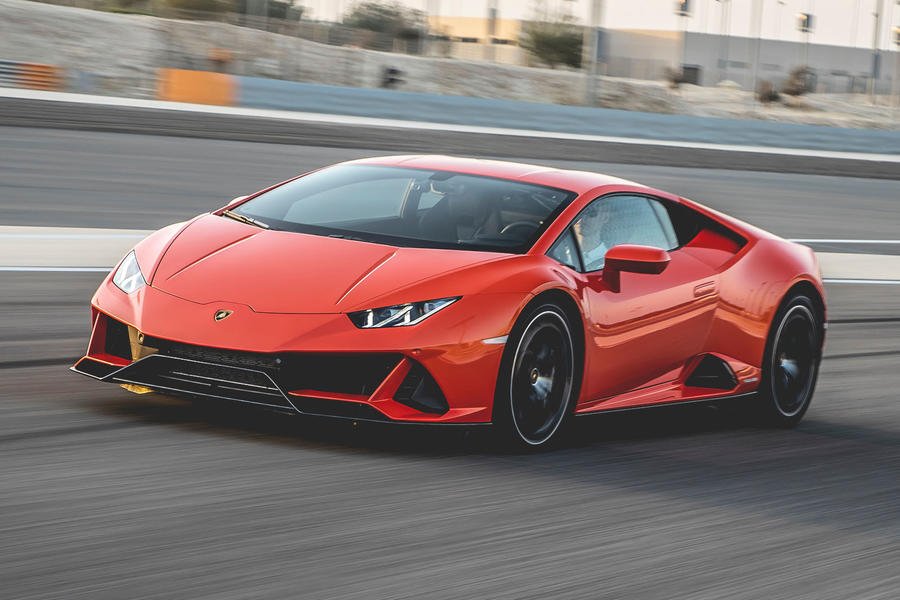
The myth and mystique of the Ford GT, stretching back more than five decades to the GT40’s string of successive victories at Le Mans, would have given this car a larger-than-life presence in any class in which we put it – and lends it an appeal that’s utterly unique and difficult to quantify.
Originally resurrected in 2005, this ‘third coming’ of Ford’s motoring legend is a cleverly conceived road-going version of The Blue Oval’s FIA WEC endurance racer. Available in left-hand-drive only, it has a chassis and suspension more exotic than almost any rival – and an engine adapted from than of an F150 pick-up truck.
Though it’s size is foreboding, the GT has an unbelievably smooth-ride and is refined and easy-to-place on the road for a car of its ilk. And although it doesn’t howl like an Italian V12, the car’s 647bhp V6 can still hurl you down the road with undiluted motorsport venom. A very special car, this – the likes of which don’t come along often.
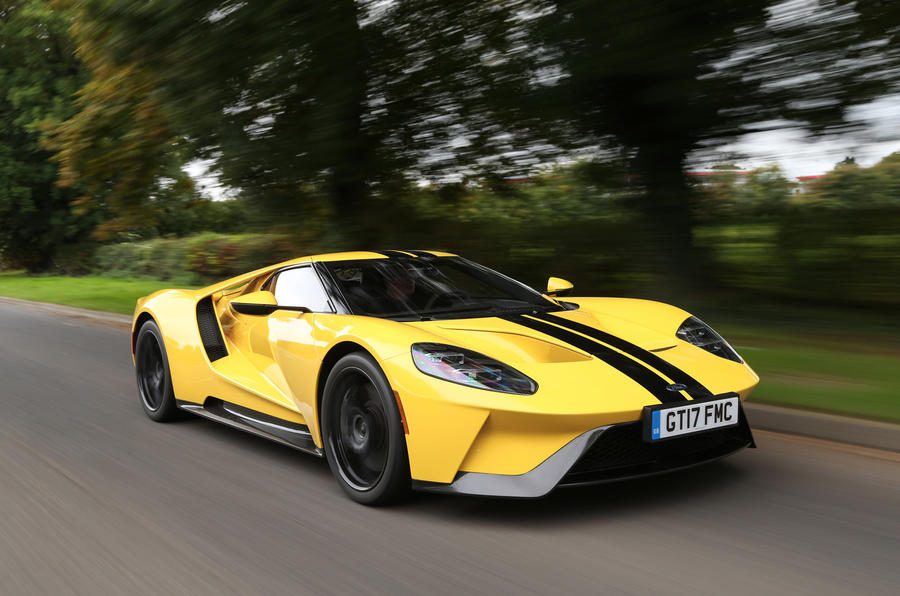
A drive in Sant’Agata’s twelve 12-cylinder, mid-engined series-production flagship supercar is not something you’ll forget. The Aventador’s line goes all the way back through Murcielago, Diablo and Countach to the legendary Miura – and it’s a car with the stunning looks and full-blooded naked aggression to hold its own, even in comparison with its ancestors.
It burst onto the scene with almost 700 atmospheric horsepower and Machievellian four-wheel drive five years ago, and was updated to ‘S’ specification in 2017 to include four-wheel steering and even more grunt. Now we have the heroic SVJ, which takes an already unmissable car and turns it into the world’s greatest attention-magnet, thanks to an astonishing bodykit.
The engine – which in the SVJ 759bhp at 8500rpm – is stupendous, even if its paddleshift transmission isn’t always worthy of it. It does feel hugely wide on the road, and is still a sledgehammer of an instrument on the track, although it’s developed greater handling delicacy and balance in later life. As for drama? Off the scale.
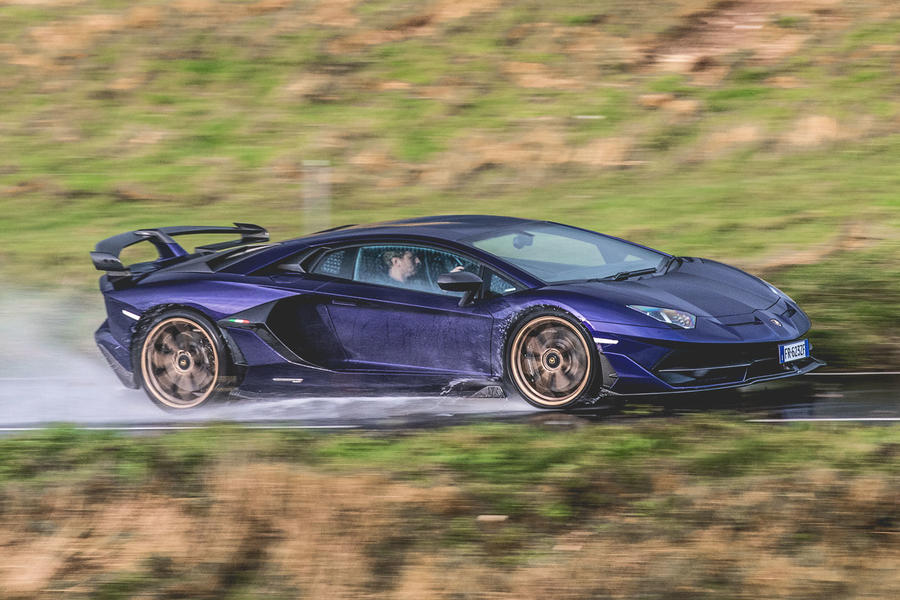
This ultra low-volume, handbuilt British supercar bears the name of the man behind the memorable late-1990s M12 sports car, though it’s made by a Midlands’-based firm that no longer has anything to do with him.
It’s still built, mind you, to suit specialised tastes that Lee Noble might approve of: with lightness and simplicity, with the purity of a manual gearbox and rear-wheel drive, without anti-lock brakes or electronic driver aids, and for those who like their performance cars raw, direct and big on pace, excitement and involvement.
When it was introduced, its 650bhp Yamaha turbo V8 was potent enough to place it well clear of the average mid-engined exotic on power and torque. These days, it’s less of a clear on-paper draw, but it continues to produce a massive swell of acceleration for the M600 that has to be felt to be believed. Handling is at once super-purposeful and amazingly interactive and adjustable with it – although the car’s ergonomic layout and cabin finish leave a bit to be desired.
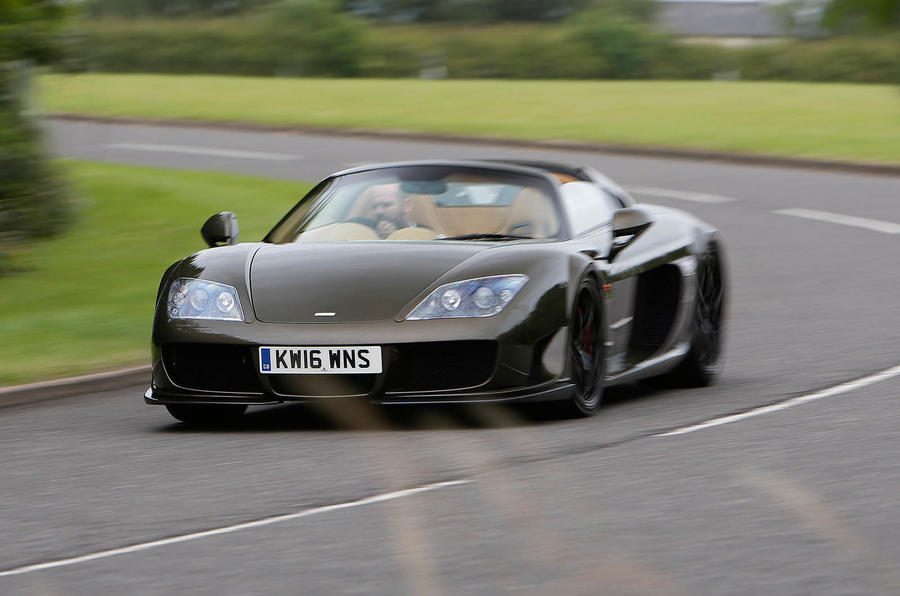
It might have come from a brand name you’d sooner expect to be supplying either construction equipment or wellington boots, but the Gumpert Apollo has a neat way of sweeping aside your expectations. We drove it in 2005, and were certainly struck by the sheer purpose, grip and pace of the car – and that was at the firm’s initial 641bhp state of tune (a 789bhp ‘race’ version was also available).
At the time of our test, the car’s six-speed sequential gearbox was its obvious weak spot, being stubborn and tricky to operate, but its accelerative speed was beyond question – Gumpert claims 0-62mph in 3.1sec and a maximum speed of 224mph, and both are believable. Also highly impressive are the car’s huge braking power and its high-speed circuit staying power. Few supercars feel quite this at home on track.
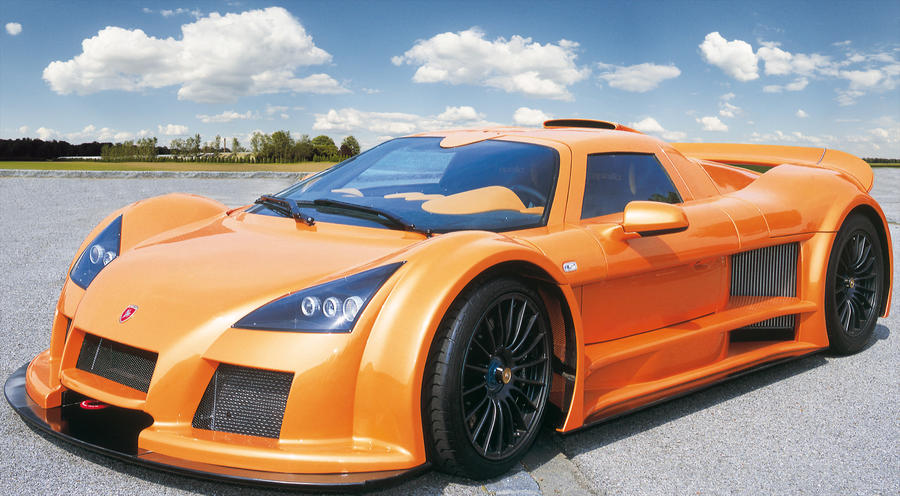
Slovenia’s Tushek Renovatio supercar is another little-known mid-engined creation sufficiently obscure that nobody would buy one as a symbol of wealth of status. And that’s probably fine by Tushek owner Aljosa Tusek, who prefers to cater for the serious track-day-regular performance driver anyway – and whose car makes that pretty clear.
Carbonfibre-bodied, spaceframe-constructed with carbon-ceramic brakes, the T500 weighs less than 1100kg; and powered by a 444bhp Audi 4.2 V8, it’s not the sort of car for those who like the idea of having more power to dispose of than they really need.
Feels more like a Lotus or Porsche GT car on track than a traditional supercar, but none the worse for it. Novel, interesting & nicely put together, too.

The makers of the Spyker C8 Aileron clearly aren’t a bunch of people who worry about shaking up the status quo. Having dabbled on the Formula One grid in the last decade and hit the headlines by owning Swedish car-maker Saab before taking it into bankruptcy, Spyker has been serving a small but singular following with rare-groove performance cars all the while.
The C8 Aileron has a fairly mild-sounding 395bhp and isn’t desperately fast, but it steers and handles with plenty of charm and feel. The richness of sound its V8 engine makes, meanwhile, and the materially exotic fit and finish of its cabin, are real selling points. If you like to be different, and to depart from the obvious choice even among quarter-million-pound mid-engines supercars, you’ll love it.
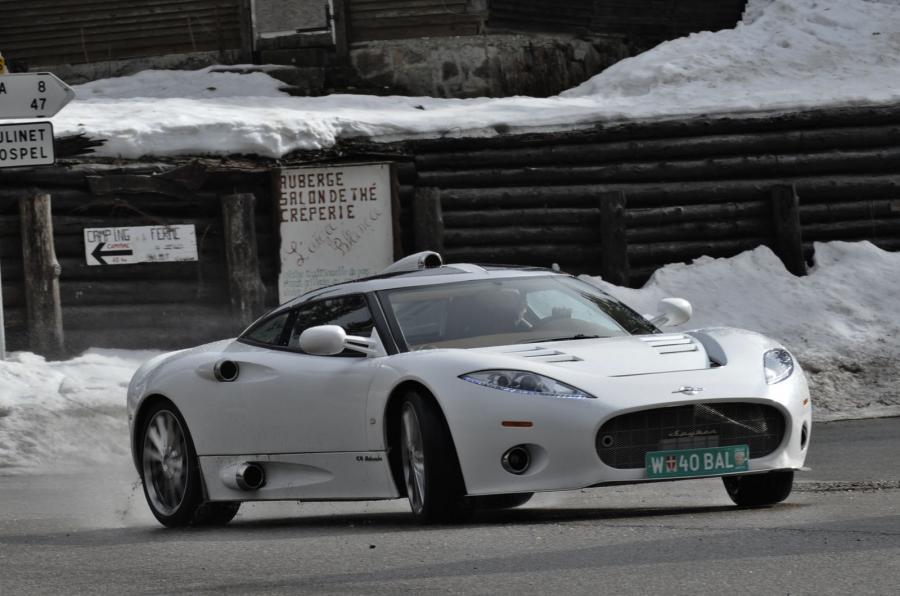
The Vencer Sarthe is the latest in a long line of niche cottage-industry supercars to reach out to a Chevrolet ‘small block’ V8 customer engine in order to supply its power – but there’s plenty of it. Tuned by American performance specialists Hennessey, the Sarthe’s 6.3-litre supercharged lump produces 622bhp, and gives the car the promise of performance every bit as good as this class’ leading lights.
But it’s power and performance are delivered incredibly smoothly, Vencer founder Robert Cobben having put a clear emphasis on drivability when developing the car. The Sarthe’s steering and ride feel unexpectedly sophisticated and its traction is strong, although body control is a little too soft to make up for the most manageable limit handling. Otherwise, however, Holland’s newest and worst-known supercar maker is well worth further investigation.

Source: Autocar
